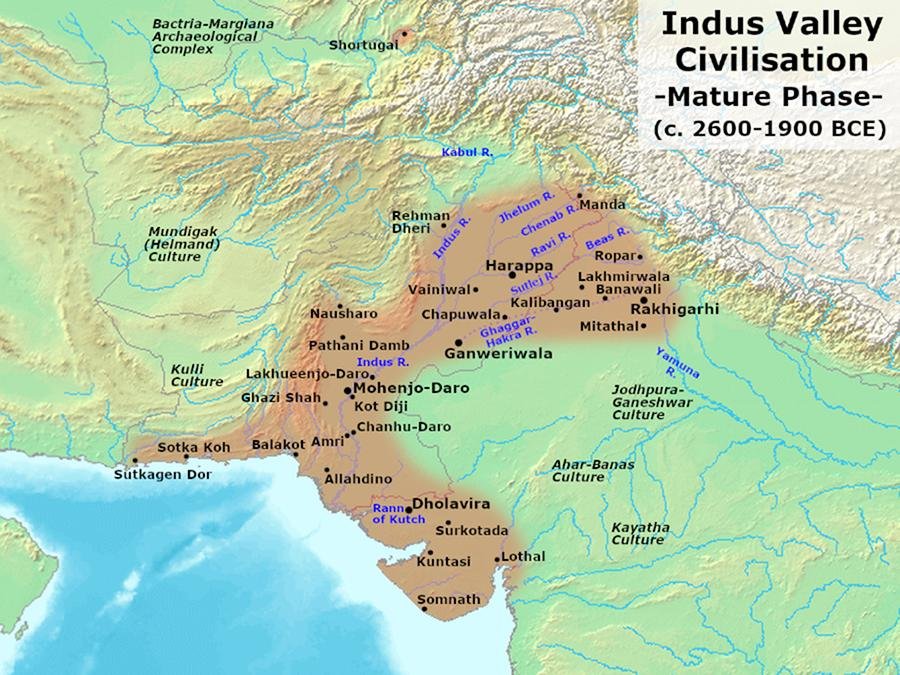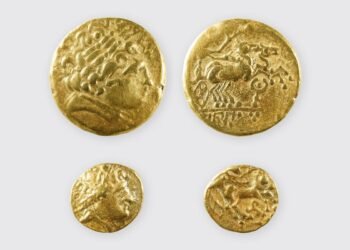The Harappa civilization, also known as the Indus Valley civilization or the Indus civilization, was one of the world’s earliest urban civilizations that flourished in the Indus River Valley, primarily in what is now modern-day Pakistan and northwest India. It existed from approximately 3300 BCE to 1300 BCE, making it one of the most ancient civilizations in the world.

The Harappa civilization is named after the modern-day village of Harappa, where the first discoveries of the ancient civilization were made in the 1920s. However, it is important to note that the civilization was not confined to a single city but comprised a network of urban centers across the region.
The society of the Harappa civilization was highly advanced for its time. It was characterized by well-planned cities with sophisticated architecture, advanced drainage systems, and a grid-like street layout. The cities were fortified, indicating the presence of a centralized authority and a need for defense. The most notable sites include Harappa, Mohenjo-Daro, and Dholavira.
The people of the Harappa civilization engaged in a wide range of economic activities. They were skilled in agriculture and domesticated animals such as cattle, sheep, and goats.
The Indus River, along with its tributaries, provided a reliable water source for irrigation, enabling agricultural productivity. The civilization also had a thriving trade network, with evidence of long-distance trade with regions as far as Mesopotamia.


The Harappa civilization had a system of writing known as the Indus script, which is yet to be deciphered. The script is found on a variety of artifacts, including seals, pottery, and other objects. This suggests that the civilization had a form of written communication, possibly for administrative and commercial purposes.
The social and political organization of the Harappa civilization remains somewhat enigmatic. There is no clear evidence of a centralized monarchy or ruling class. Instead, it is believed that the civilization had a complex social structure, possibly with a merchant class playing a significant role in economic and political affairs.
Unfortunately, the decline of the Harappa civilization is still a subject of debate among scholars. It is hypothesized that factors such as environmental changes, including the shifting course of the Indus River, and the arrival of new cultural groups may have contributed to its decline.
Despite its mysterious end, the Harappa civilization left a significant legacy, showcasing the remarkable achievements of early urban societies and their contributions to the development of human civilization.





















Disclaimer: This website is a science-focused magazine that welcomes both academic and non-academic audiences. Comments are written by users and may include personal opinions or unverified claims. They do not necessarily reflect the views of our editorial team or rely on scientific evidence.
Comment Policy: We kindly ask all commenters to engage respectfully. Comments that contain offensive, insulting, degrading, discriminatory, or racist content will be automatically removed.